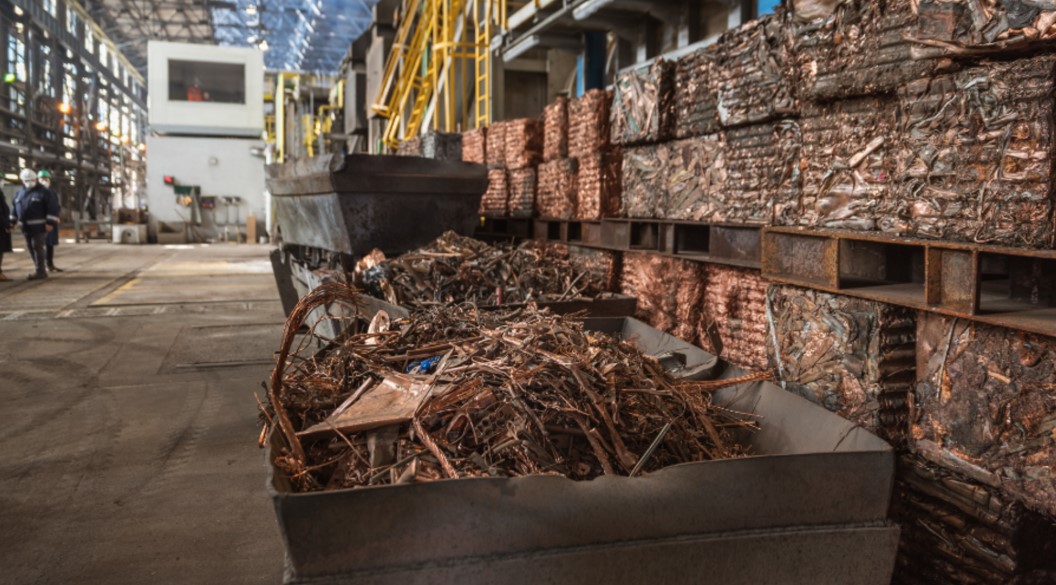
Overview of Recycled Steel Trade Patterns in 2024
The 16th edition of the World Steel Recycling in Figures handbook reveals notable shifts in recycled steel trade patterns for 2024. According to data from the Bureau of International Recycling (BIR) and statistics advisor Rolf Willeke, the overall consumption of recycled steel in major countries slightly declined compared to 2023. However, international shipments of shredded, sheared, and baled recycled steel remained significant.
The European Union retained its position as the world’s leading recycled steel exporter despite an 11.4% drop in ferrous scrap exports, moving from over 19 million metric tons (mmt) in 2023 to about 17 mmt in 2024. Meanwhile, the United States experienced a 9% decline in recycled steel exports, falling to roughly 14.4 mmt. Turkey and Mexico remained the largest U.S. buyers, though Mexico reduced its purchases sharply by 33.7%.
Emerging Trends in Recycled Steel Trade and Export Destinations
Turkey continued to strengthen its position as a key importer, increasing purchases of EU-origin ferrous scrap by 1.7% to over 10.9 mmt in 2024. Egypt followed as the second-largest EU buyer, despite a 6.9% decrease in imports. Dutch ports led European shipments but saw a 19.1% decline in exported tonnage.
Aside from the EU and U.S., other major exporters like Japan, the UK, and Canada also reduced their shipments, with Japan’s exports falling 5.6% and Canada’s by 4.9%. In contrast, countries like Australia and Mexico saw substantial increases in their recycled steel exports. Australia’s shipments jumped by over 16% to 2.46 mmt, while Mexico’s exports rose by 24.3%, nearly reaching 1.2 mmt. Hong Kong also expanded exports by 15.7%, signaling growing activity outside traditional markets.
SuperMetalPrice Commentary:
The 2024 recycled steel trade shifts highlight evolving global dynamics and the growing influence of emerging exporters. While traditional leaders like the EU and U.S. reduced exports, increased activity from Australia, Mexico, and Hong Kong suggests a diversification of supply sources. This trend may balance supply risks amid tightening environmental regulations and fluctuating demand. Industry participants must monitor these shifts closely to optimize supply chain strategies and leverage new trade opportunities.











Leave a Reply
You must be logged in to post a comment.